Nanoparticle is a particle with dimensions of about 1 to 100 nanometers. In addition to the metal type, insulators and semiconductors, nanoparticles also contain composite nanoparticles such as core structures.
Also, nanoparticles, nanomolecules, and nanofluids are the only forms of nanoparticles. Nanoparticles are low nanoscale sizes. Nanoblores and semiconductor quantum dots are also subsets of nanoparticles.
For information size of nanoparticles You can visit our collection’s website.

What is the size of nanoparticles?
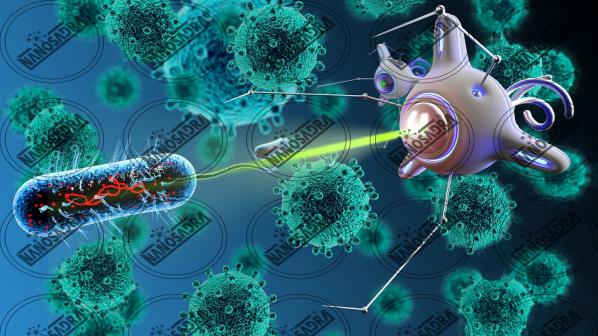
There are many different ways to produce nanoparticles. These methods are basically divided into three groups, each of which is described below:
Density of a vapor: The method of condensation of a vapor involves the evaporation of a solid metal and then its rapid condensation to form nanometer clusters that form a precipitating powder. The most important advantage of this method is low pollution.
Finally, the particle size is controlled by changing parameters such as temperature and gas environment and evaporation rate. The vacuum evaporation method on liquid fluids (VERL) and the explosive wire method are among the methods of condensing a steam.
Chemical synthesis: The use of chemical synthesis involves the growth of nanoparticles in a liquid medium containing a variety of reactants. The cell gel method is an example of this method. In chemical methods, the final particle size can be controlled by stopping the process when the desired size is obtained, or by selecting the chemicals that make up the stable particles and stopping growth at a certain size.
These methods are usually inexpensive and bulky, but chemical contamination can be a problem.
Solid state processes: Solid process methods (grinding or powdering) can be used to create nanoparticles. The properties of the resulting nanoparticles are affected by the type of grinding material, the milling time and its atmospheric environment.
This method can be used to produce nanoparticles that are not easily produced in the previous two methods.
Liposomes, tannins, polymer nanoparticles, polymer-coated nanoparticles, chitosan and lecithin nanoparticles, and drug nanoparticles are examples of nanoparticles obtained through new technologies.
For more information about Exclusive size of nanoparticles You can visit our collection’s website.
Different uses of size of nanoparticles
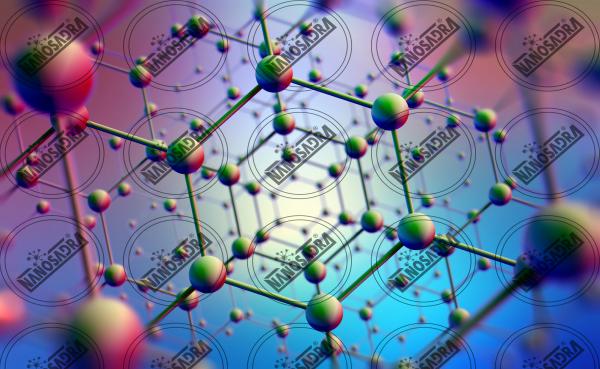 Nanoparticles are characterized by three characteristics of type size and volume concentration, for example, for nanoparticles used in trans volumetric concentrations of 0.1 to 1% per liter is a good amount. Determining the specifications of nanoparticles is necessary to control their synthesis and application.
Nanoparticles are characterized by three characteristics of type size and volume concentration, for example, for nanoparticles used in trans volumetric concentrations of 0.1 to 1% per liter is a good amount. Determining the specifications of nanoparticles is necessary to control their synthesis and application.
The properties of these compounds are measured using various methods such as: electron microscopy, AFM, photoelectron spectroscopy, Xray and FT-IR, as well as particle size and surface determination methods.
Nanoparticles are currently made from a wide range of materials, the most common of which are ceramic, metal and polymer nanoparticles, and semiconductor nanoparticles.
Nanoparticles have the ability to be suspension.
Nowadays, rotary marking layer (spin cutter [4] [dead link]) and immersion marking layer are used for nanoparticle addressing.
For more information about Exciting size of nanoparticles You can visit our collection’s website.



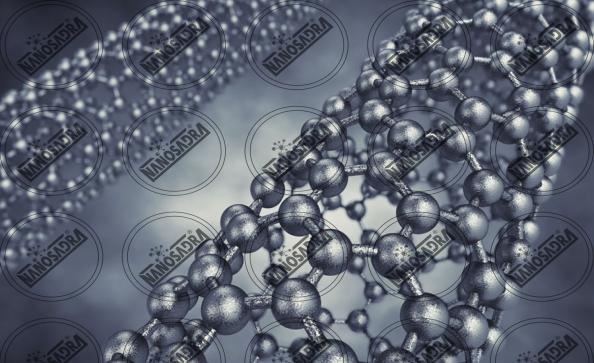

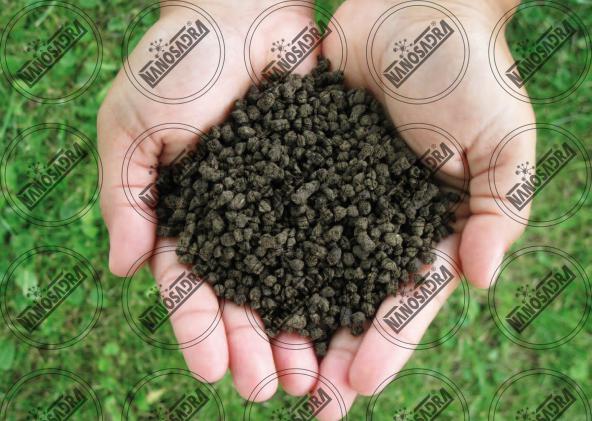

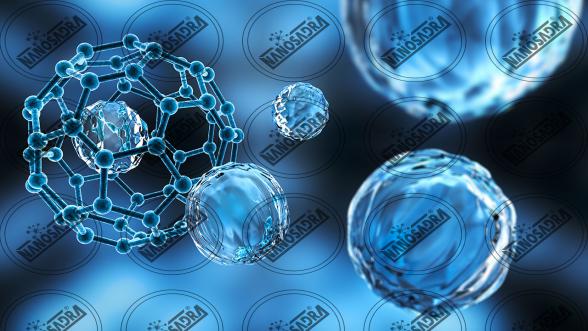
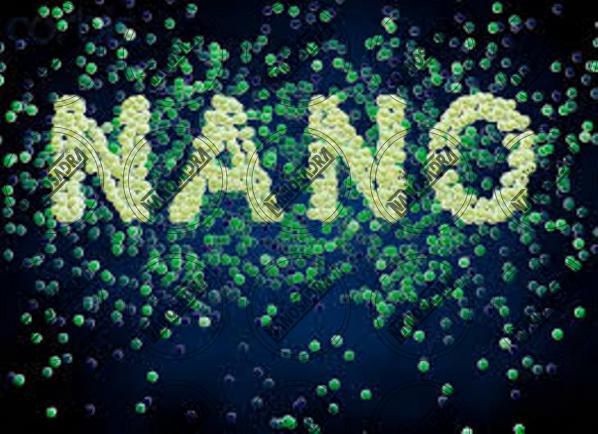
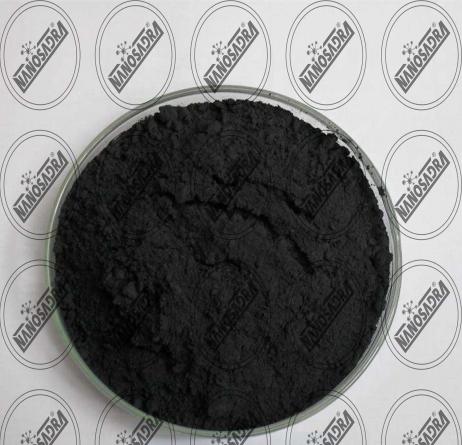
Your comment submitted.